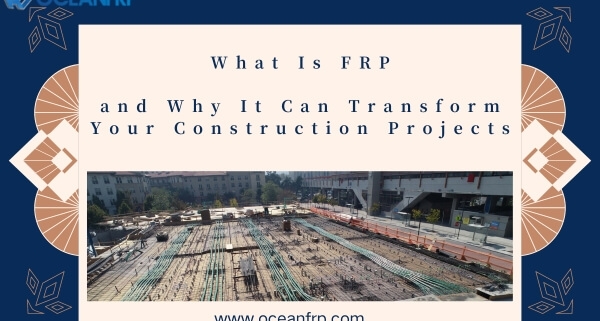What Is FRP and Why It Can Transform Your Construction Projects
Fiberglass reinforced plastic (FRP) composites have revolutionized modern construction practices with their exceptional properties and benefits. With a brief overview of FRP, it’s evident that these materials offer unparalleled strength, durability, and resistance to damage, making them a preferred choice in the industry. The importance of FRP in modern construction cannot be overstated, as they enhance structural integrity, reduce maintenance costs, and provide corrosion resistance. Understanding the key properties and benefits of FRP is crucial for unlocking their transformative potential in construction projects. Additionally, FRP grating is widely used for its lightweight and high-strength characteristics, and FRP suppliers play a vital role in providing these advanced materials to meet the growing demands of the construction sector.
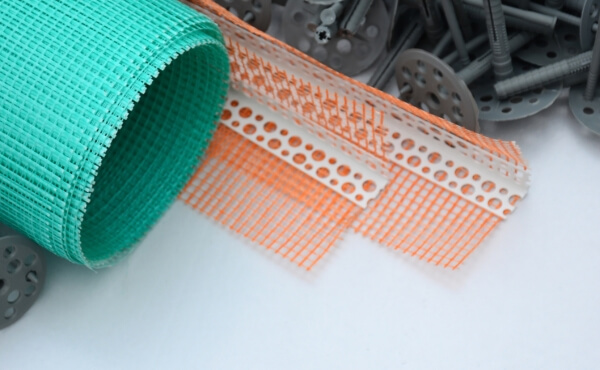
What is FRP
FRP, also known as Fiber Reinforced Polymer, is a composite material that combines a protective polymer with high-strength fiberglass. This unique composition results in a premium material with exceptional properties that have the potential to revolutionize various construction applications. FRP surpasses traditional materials like wood and concrete, offering superior durability and longevity for structures such as bridges, pedestrian pathways, and more.
Definition and Composition
- Materials Used: The components of FRPinclude a polymer resin matrix reinforced with high-strength fiberglass. This combination creates a material that excels in structural applications.
- Manufacturing Process: The production of FRP involves combining the polymer resin with fiberglass through advanced manufacturing techniques to ensure quality and consistency.
Types of FRP
- Fiberglass Reinforced Plastic: One of the primary forms of FRP, this type offers exceptional strength and durability, making it ideal for demanding construction projects.
- Carbon Fiber Reinforced Plastic: Another variant of FRP, carbon fiber reinforcement enhances the material’s mechanical properties, providing increased strength for specialized applications.
FRP Sheets in Construction
- Role in Structural Integrity: FRP sheetsplay a crucial role in enhancing the structural integrity of various elements within construction projects. Their high strength-to-weight ratio makes them invaluable for reinforcing critical areas.
- Importance of FRP Sheets: The use of FRP sheetsensures long-lasting performance, reduced maintenance costs, and improved resistance to environmental factors. Their ease of installation further contributes to their widespread adoption.
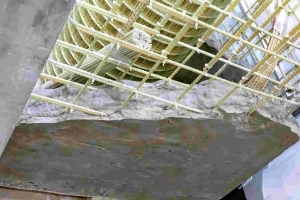
Advantages of FRP
High Strength-to-Weight Ratio
In construction projects, FRP stands out due to its exceptional strength-to-weight ratio, surpassing traditional materials like aluminum. The reliability of FRP in providing the necessary flex and strength for various applications sets it apart from aluminum. Unlike aluminum, FRP is non-conductive and corrosion-resistant, ensuring long-lasting performance even in harsh environments.
Comparison with Traditional Materials
When comparing FRP to traditional materials such as reinforced concrete, steel, or wood, the advantages become evident. FRP diminishes the need for costly repairs or reconstructions down the road. Its longevity and resistance to corrosion make it a durable choice that requires less maintenance over time. Additionally, the lightweight nature of FRP makes installation less labor-intensive compared to other materials.
Corrosion Resistance
The corrosion resistance of FRP is a significant advantage in construction projects, especially in harsh environments where exposure to corrosive elements is a concern. Unlike traditional materials like steel or wood that may deteriorate over time due to corrosion, FRP maintains its structural integrity and appearance for an extended period.
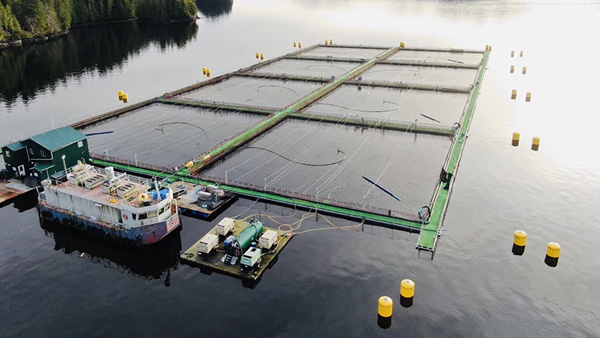
Benefits in Harsh Environments
When considering the benefits of FRP in harsh environments, its ability to withstand corrosive elements without compromising strength becomes crucial. This resilience ensures that structures reinforced with FRP remain durable and reliable even in challenging conditions.
Low Maintenance
One of the key advantages of using FRP in construction projects is its low maintenance requirements. Over time, the cost-effectiveness of FRP becomes evident as it reduces the need for frequent repairs or replacements typically associated with traditional materials like steel or wood.
Cost-Effectiveness Over Time
The cost-effectiveness of FRP over time stems from its durability and longevity compared to other materials. By choosing FRP, construction projects can benefit from reduced maintenance costs and extended service life without compromising on structural integrity.
Advantages of FRP Sheets
When considering the Advantages of FRP Sheets in construction projects, it becomes evident that these materials offer specific benefits that can transform the way structures are built and maintained. FRP Sheets play a crucial role in enhancing the durability and longevity of various elements within construction projects, ensuring long-lasting performance and reduced maintenance costs. Their high strength-to-weight ratio makes them invaluable for reinforcing critical areas where traditional materials may fall short.
Specific Benefits in Construction
- Durability: FRP Sheetsexcel in durability, outperforming conventional materials like wood or concrete. They hold up to decades of wear and tear without compromising structural integrity, making them a reliable choice for bridges, pedestrian pathways, and other structures.
- Cost-Effectiveness: The cost-effectiveness of using FRP Sheetsis notable over time. By reducing maintenance requirements and offering extended service life, they provide long-term savings compared to materials like steel or wood.
- Ease of Installation: Installing FRP Sheetson-site is one of the easiest and most cost-effective processes in construction. Their lightweight nature makes them simple to handle and place, minimizing labor-intensive installation procedures.
- Corrosion Resistance: Unlike traditional materials that may deteriorate over time due to corrosion, FRP Sheetsmaintain their structural integrity even in harsh environments. This corrosion resistance ensures that structures reinforced with FRP remain durable and reliable throughout their lifespan.
- Structural Reinforcement: The use of FRP Sheetsenhances the structural integrity of various elements within construction projects. Their high strength-to-weight ratio provides superior reinforcement capabilities for critical areas where strength is paramount.
Applications of FRP
Use in Reinforced Concrete
Strengthening and Rehabilitation
FRP sheets are extensively utilized in reinforced concrete structures for strengthening and rehabilitation purposes. By applying FRP sheets to existing concrete elements, such as beams, columns, and slabs, the structural capacity can be significantly enhanced. The use of FRP sheets in reinforced concrete offers a cost-effective solution with long-term durability and lower maintenance expenses. This application ensures that the concrete structures maintain their integrity and performance over an extended period without the need for frequent repairs or replacements.
Use in Timber Structures
Repair and Strengthening
In timber structures, the application of FRP sheets plays a crucial role in repair and strengthening activities. By bonding FRP sheets to timber elements like beams or trusses, the load-carrying capacity of the structure can be improved effectively. The advantages of using FRP sheets in timber structures include enhanced durability, longevity, and lower maintenance costs. This method provides a sustainable solution for reinforcing timber elements, ensuring their structural integrity and resilience against external forces.
Use in Steel Structures
Controlling Local Buckling
When it comes to steel structures, FRP sheets are employed for controlling local buckling, especially in critical areas prone to deformation under load. By strategically applying FRP sheets to steel components like beams or columns, the risk of local buckling is minimized, enhancing the overall stability of the structure. The utilization of FRP sheets in steel structures offers significant benefits such as increased strength, corrosion resistance, and reduced maintenance requirements.
FRP Grating
FRP grating, a versatile construction material, finds extensive applications in various industries due to its exceptional properties and benefits. Its unique composition of fiberglass reinforced plastic makes it a cost-effective investment with durability, longevity, and lower maintenance expenses. The industrial applications of FRP grating range from walkways to platforms, offering reliable support and safety features.
Industrial Applications
- Walkways: FRP gratingis commonly used in industrial walkways due to its lightweight nature and high strength-to-weight ratio. This ensures safe passage for workers while maintaining structural integrity.
- Platforms: In industrial settings, platforms constructed with FRP gratingprovide stable surfaces for equipment and personnel. The corrosion resistance of FRP ensures long-term reliability in harsh environments.
- Staircases: Stair treads made from FRP gratingoffer slip-resistant surfaces, enhancing safety in industrial facilities. Their durability and low maintenance requirements make them a practical choice for heavy foot traffic areas.
- Drainage Systems: The open design of FRP gratingallows efficient drainage in industrial settings, preventing water accumulation and ensuring a safe working environment.
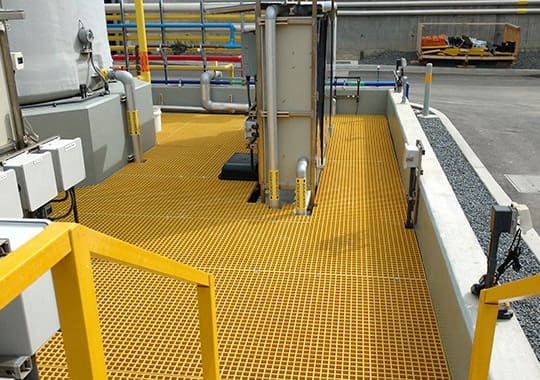
To summarize, FRP composites offer unparalleled benefits in construction projects. Their strength, corrosion resistance, and durability make them a preferred choice for modern structures. As the industry shifts towards environmentally friendly materials, the demand for fiberglass reinforced plastic is set to rise. The quick production and installation process of FRP ensure cost-effectiveness and long-term savings. With a focus on longevity and corrosion resistance, FRP stands out as a reliable solution for sustainable construction practices.

